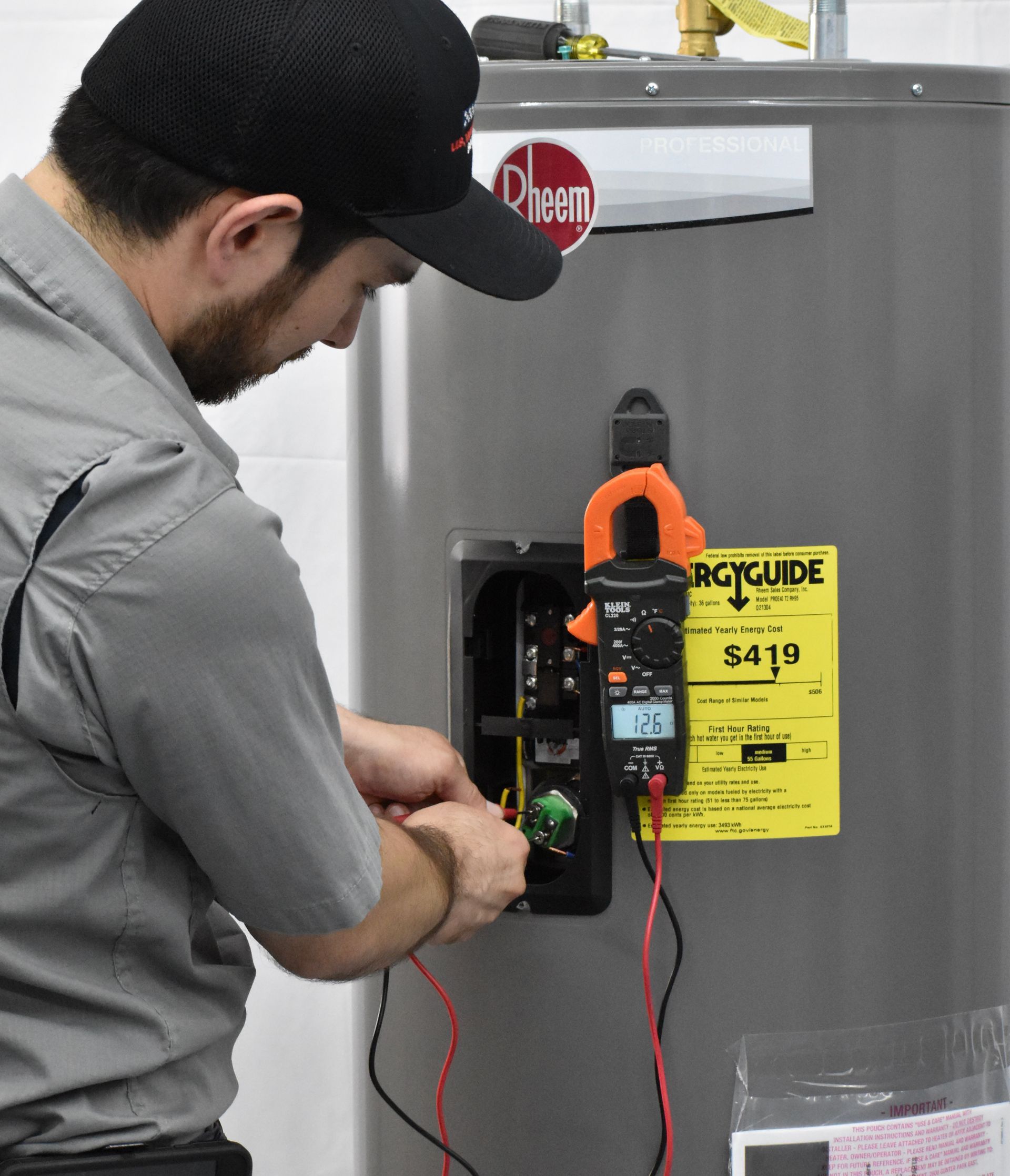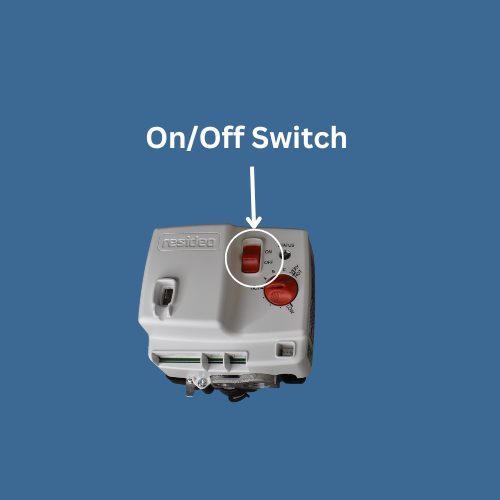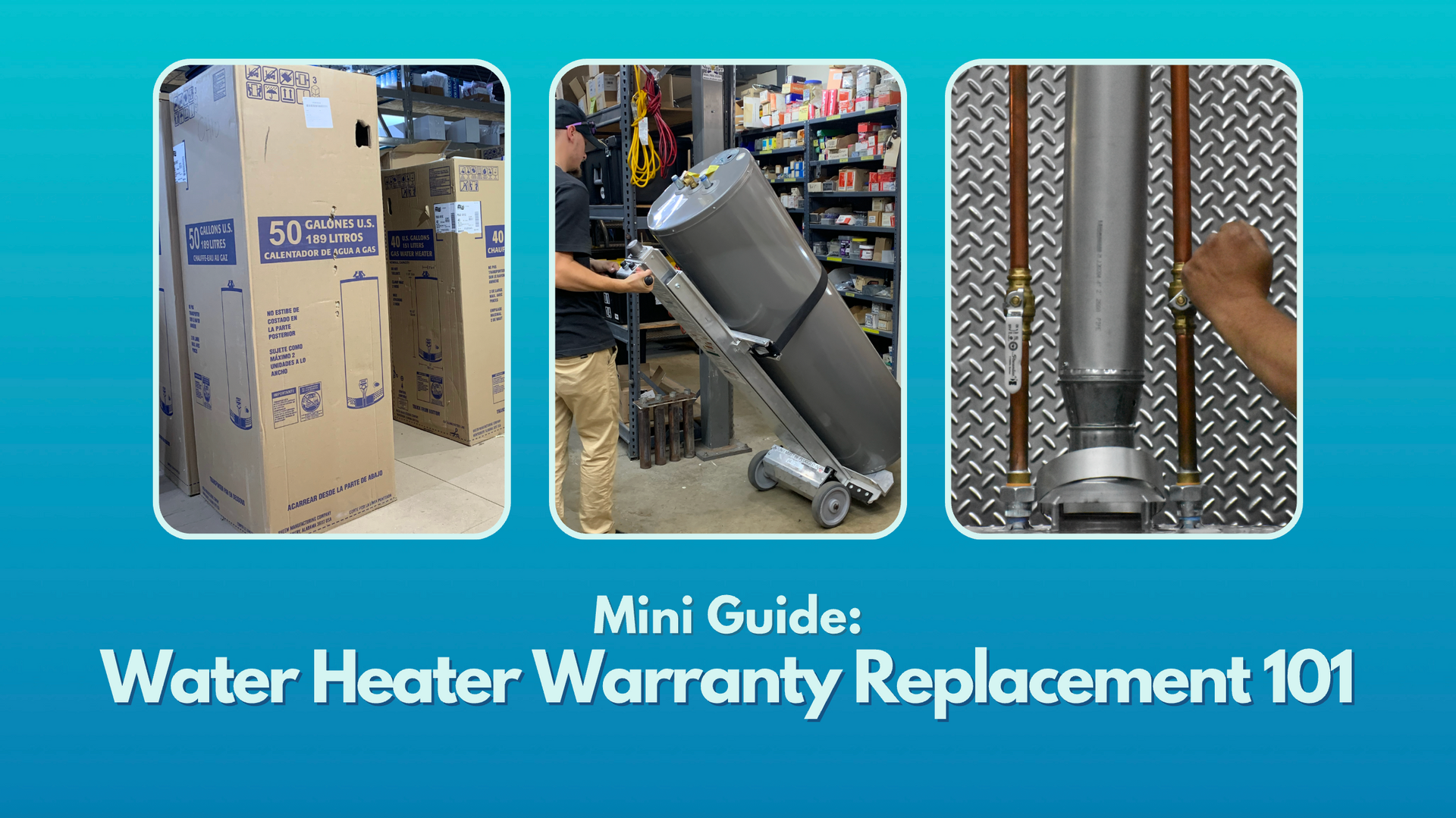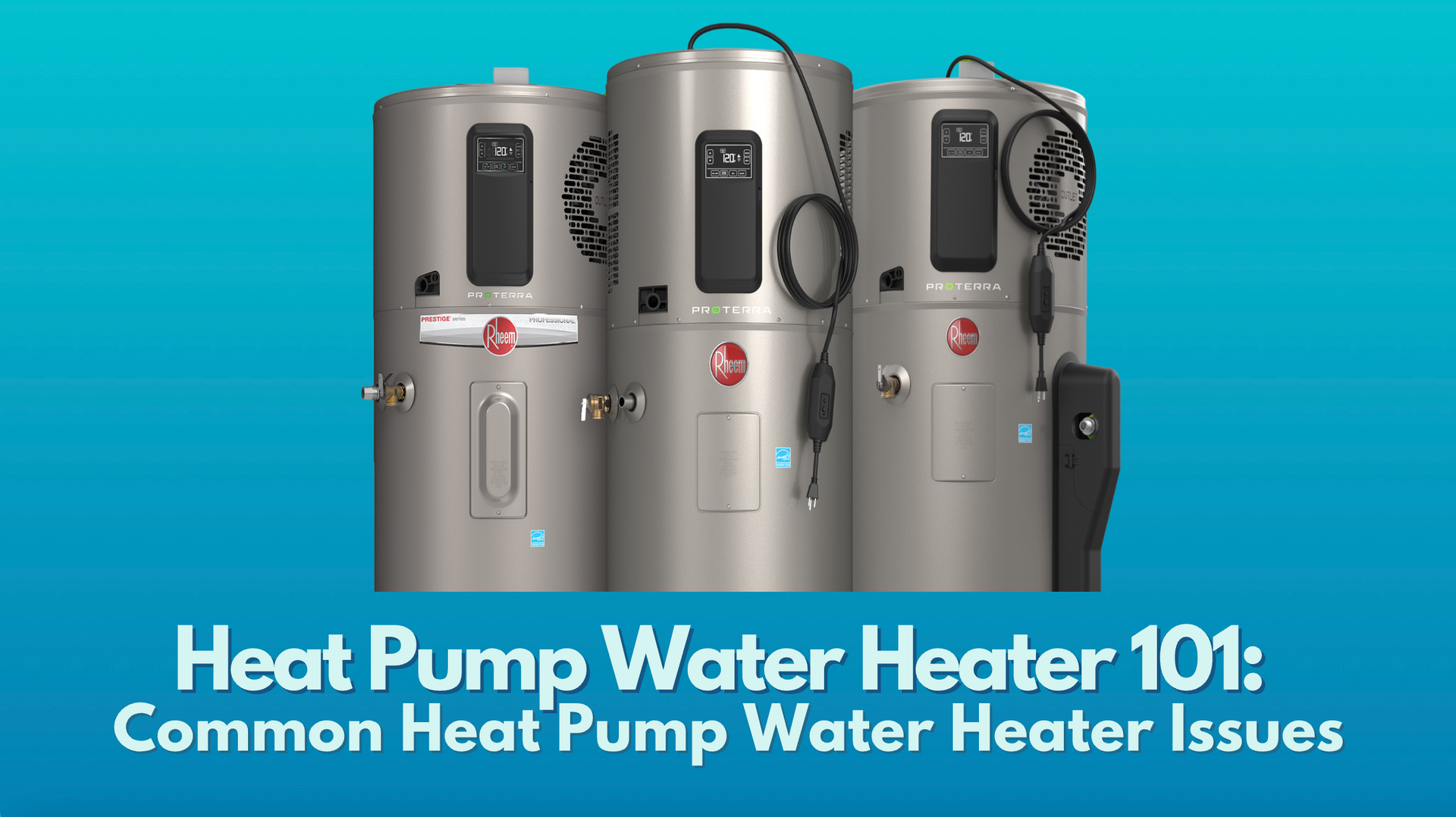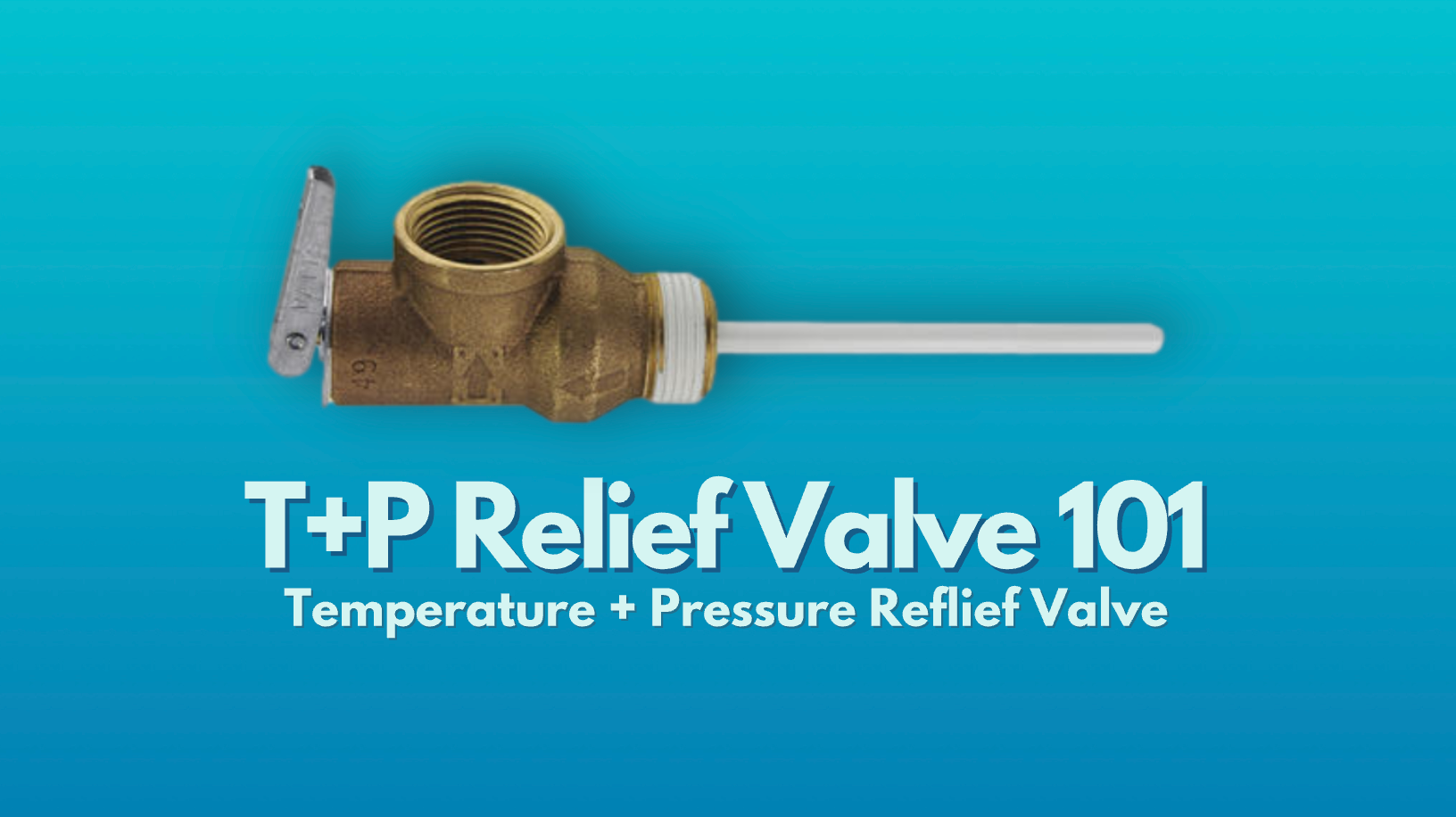How to Disconnect and Dispose of a Water Heater
DISCLAIMER:
Please refer to your manufacturer’s installation manual for information regarding your specific model. If you are attempting to service your own heater, please do so with caution. This article is meant to provide an informative + educational summary and does not supersede official onsite diagnosis/repairs or information from your unit's manufacturer. U.S. Water Heating Solutions LLC and its associated DBAs are not liable for damages, injury, or other outcomes.
Disconnecting and Disposing of Your Water Heater
Tank-type water heaters typically last anywhere from 10 - 15 years, depending on the model, and tankless water heaters last up to 20+ years. When a water heater reaches its life expectancy, a replacement water heater can save you from repeated repairs as the unit continues to deteriorate.
U.S. Water Heating Solutions can remove and dispose of your old water heater for you as part of your water heater service (in most cases). Learn more about what’s required to disconnect and dispose of a water heater so that you can replace it with a new model.
How to Remove a Water Heater
#1. Disconnect the Water Heater’s Fuel Source
Most water heaters run off of either gas or electricity.
For safety purposes, the first thing you will do is turn off your unit’s power or fuel source.
For a gas water heater, close the shut off valve on the unit’s gas supply line. In most cases, the valve is closed when it’s perpendicular to the gas line. Modern gas valves may have a simple "on" and "off" button to open and close the gas valve.
Verify that the pilot light goes out before moving forward.
Learn more about gas valves in our blog
Gas Valve 101!
To turn off fuel to an electric water heater, you will start by turning off power at the circuit breaker.
***Use a multimeter to verify that the unit is no longer receiving power to avoid the risk of electrical shock!***
Now, you will need to disconnect the water heater from the electrical wiring. Most water heaters are hard wired into the electrical system.
Open the electrical junction box access panel to find the location where the water heater connects to the home’s electrical system. You will disconnect the water heater by unscrewing the wire nuts connecting the two systems. When done, be sure to cap the loose wires with wire nuts.
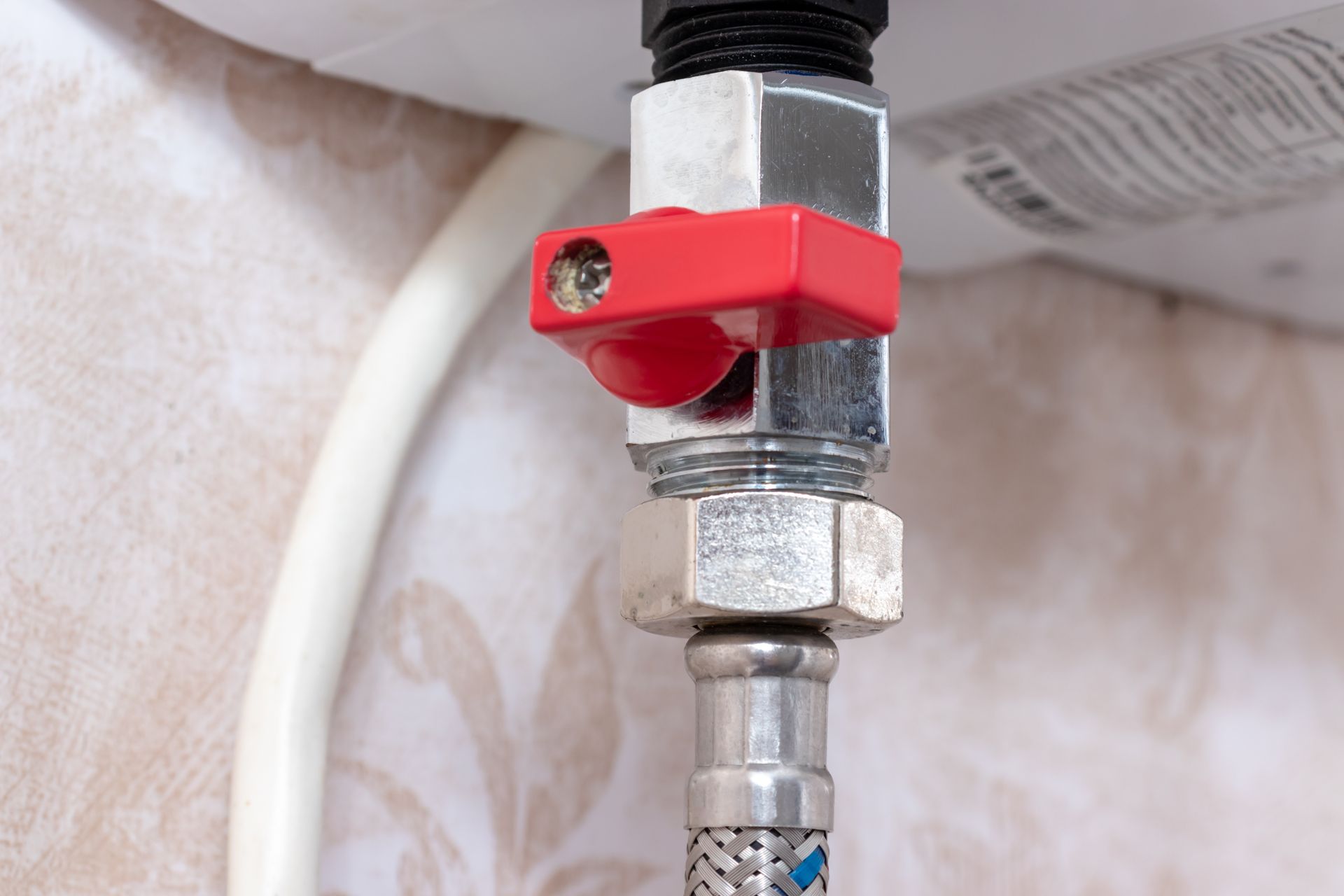
#2. Shut Off Water to the Water Heater
Turn off the incoming water to the water heater next. Every water heater receives cold water from an inlet pipe. When ever the water levels in the tank deplete, the valve opens, allowing new water in. You will need to use the shut-off valve to close the valve permanently.
You will find the shutoff valve at the top of the water heater tank on the inlet water supply.
Oftentimes, the shut-off valve will be red in color, but it can come in a number of different colors.
#3. Drain the Water Heater
A water heater weighs significantly more when filled with water. Water weighs roughly 8.3 pounds per gallon. A full 50 gallon tank comes with an extra 417 pounds On top of the weight of the tank itself.
You need to drain the water heater to reduce weight, making the unit easier to carry.
Before you start, find the water supply at the top of the water heater. Close the shut off valve to prevent new water from entering the water tank.
To drain the unit, find the
drain valve and attach a hose to it. Place the end of the hose at a floor drain or out an exterior window. You will then open the water heater drain valve to release the water in the tank. Keep the valve open until the water heater is completely empty (usually under 10 minutes, depending on the size of the water tank).
#4. Disconnect the Water Heater
With the water heater empty, you will need to disconnect the water heater to isolate it from the rest of your plumbing system.
The water heater has multiple different connections that will need to be disconnected.
The first connection is the inlet water supply, which is where water enters the water heater. You will most likely find this at the top of the water heater.
The second connection is the gas supply or electrical supply, where fuel powers the unit. Usually, this will be found at the bottom of the water heater in the form of a gas supply line or an electrical plug.
The third connection is the hot water outlet, where water leaves the water heater to go to the appropriate fixture. You will likely find the hot water outlet at the top of the water heater next to the cold water inlet.
Finally, gas water heaters connect to ventilation tubing. The exact setup varies based on the type of ventilation setup, but the ventilation connection is typically found at the top of the water heater.
In some cases, the water heater will have “hard-plumbing”, meaning that the pipes are welded together at connection points. While welding ensures a tight seal, it makes it difficult to detach the unit. In this situation, a plumber will need to use a saw to disconnect the water heater.
#5. Remove Water Heater Using a Dolly
After you remove the connections, you will be able to remove the water heater from the premises.
You will need a dolly to move the water heater, which is a platform with wheels designed to help people move heavy items. Many dollies have a back to offer support. With a dolly, you may be able to move the water heater yourself, but it’s better to enlist the help of a friend. Moving a heavy water heater alone can result in injury, especially if you don’t have the proper tools.
To put the water heater on a dolly, you will need to lift it slightly to get it safely on the platform. Once on the dolly, secure the water heater in place with straps (if applicable)
Learn more about
how to lift a water heater in our blog!
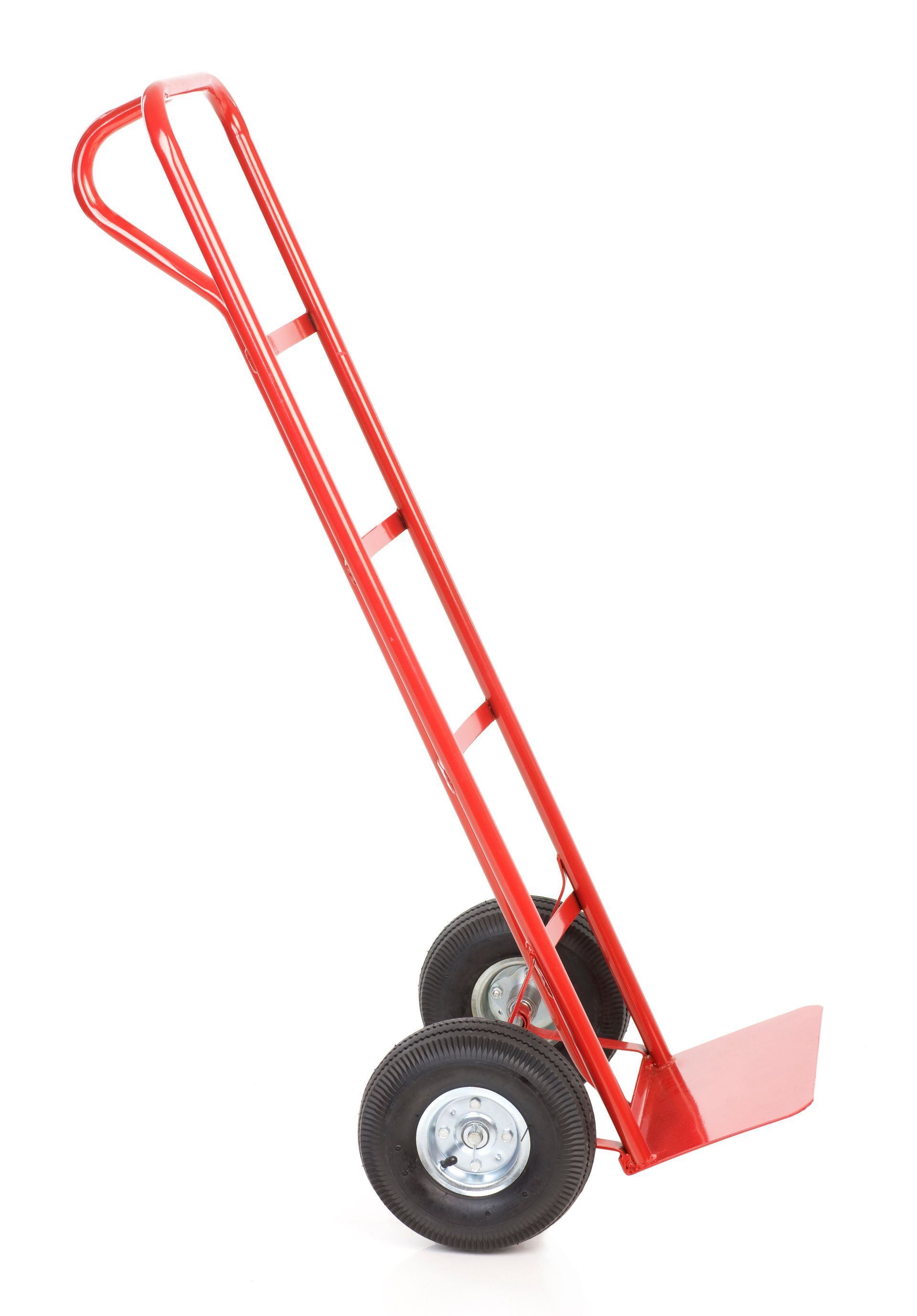
How to Dispose of a Water Heater
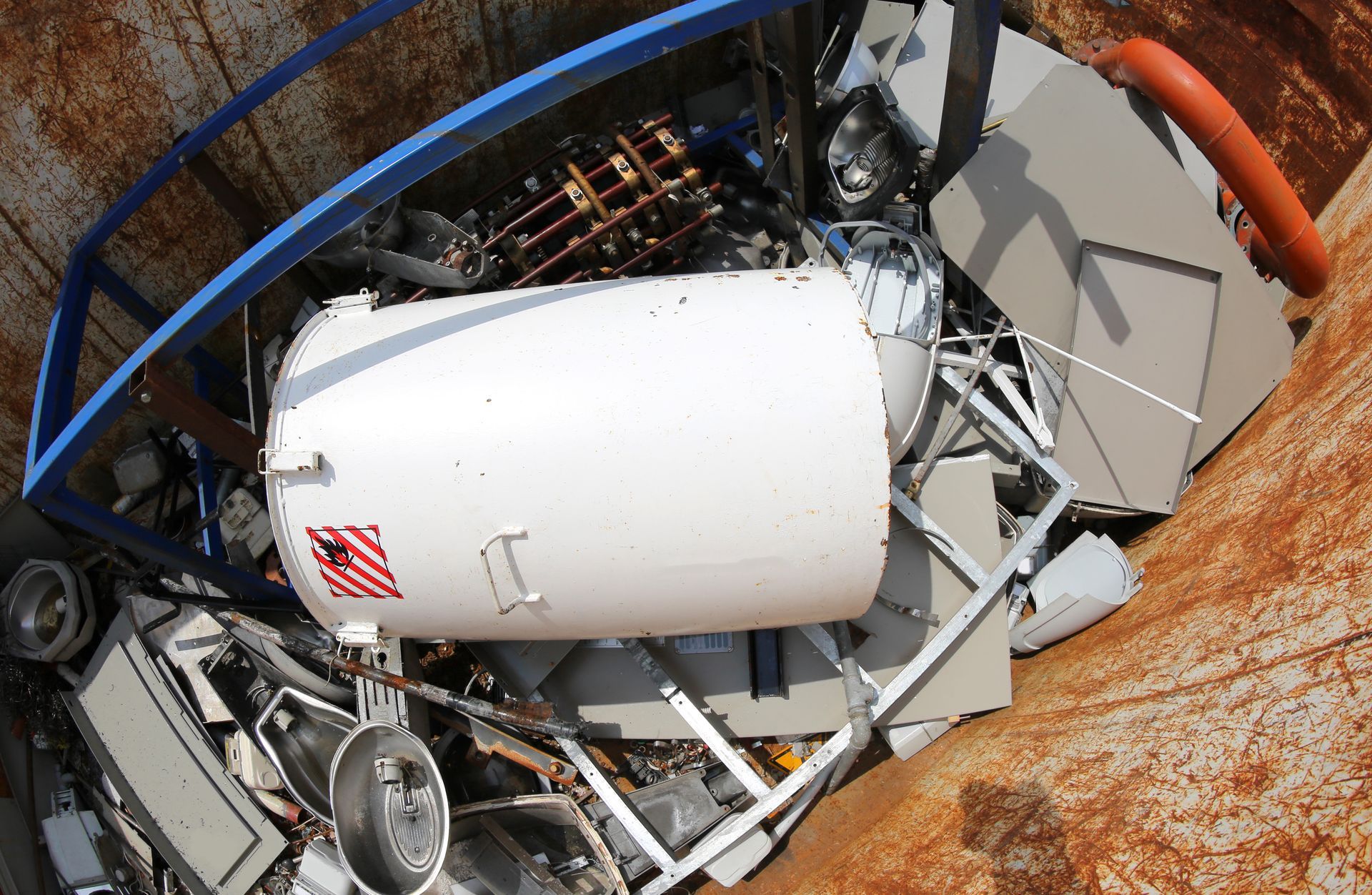
Since water heaters consist of metal and plastic, most manufacturers recommend bringing old water heaters to a recycling center to dispose of them.
It can be difficult to move a water heater to the recycling center. Talk to your recycling center about whether they can pick up the water heater for you, as that service varies from location to location.
Without free pickup services, you’ll be responsible to pay for pickup, or you’ll have to drop it off yourself.
Since most homeowners don’t have a car large enough to accommodate a water heater. Many people don’t have an option but to call for pick-up services. Pick-up services will cost a significant amount of money, depending on the size, weight, and hazards associated with the heater.
U.S. Water Heating Solutions
U.S. Water Heating Solutions offers water heater removal as a standard part of non-warranty replacements.
Do you need to
replace your old water heater with a new water heater? Do you need to move a water heater?
Contact U.S. Water Heating Solutions at 833-879-4776 or
request a quote online.
